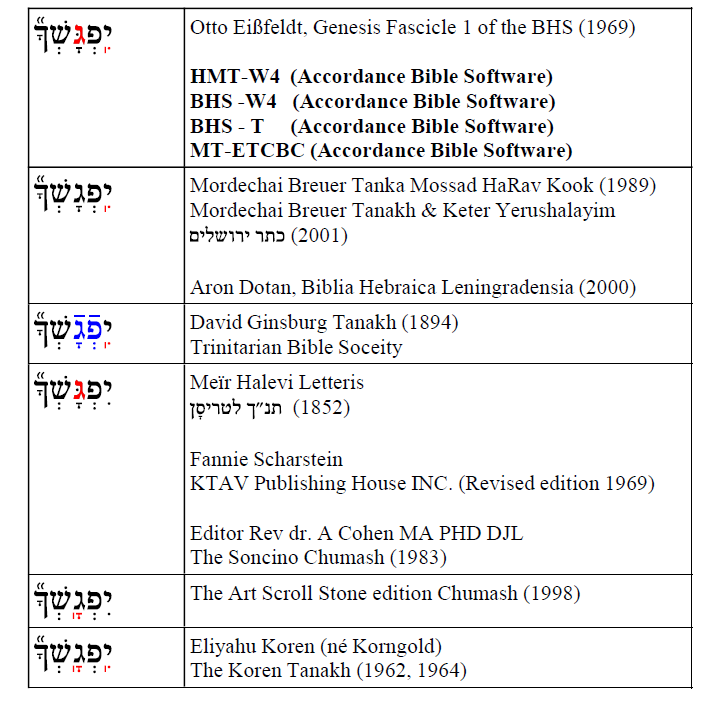New Biblia Hebraica Quinta (BHQ) Volume: Leviticus!
Abram K-J author of the Words on the Word Blog reports on the 8th and most recent Fascicle of the BHQ so far to be published here: https://abramkj.com/2021/09/17/new-biblia-hebraica-quinta-bhq-volume-leviticus/.
Well, what about the BHQ?
The BHQ like the BHS before continues the tradition of being a diplomatic edition of the Leningrad Codex (the oldest complete codex of the Hebrew Bible). In other words, rather than creating an eclectic text like the editors of the Nestle-aland novum testamentum graece are fond of the editors of the BHS and now the BHQ intended to reproduce an actual existing codex of the Hebrew Bible. This time around the editors are including both the unedited Masorah Parva and the Masorah Manga, too as well as a commentary.




